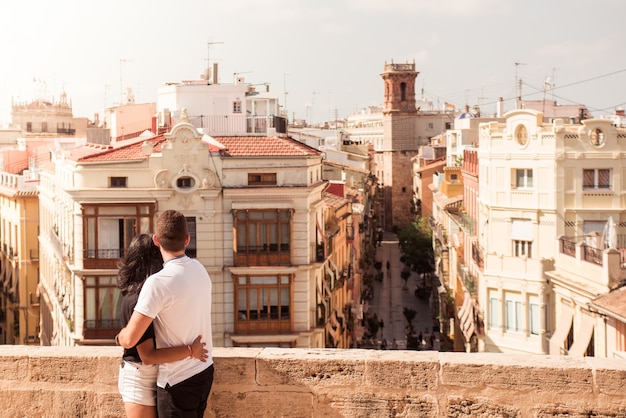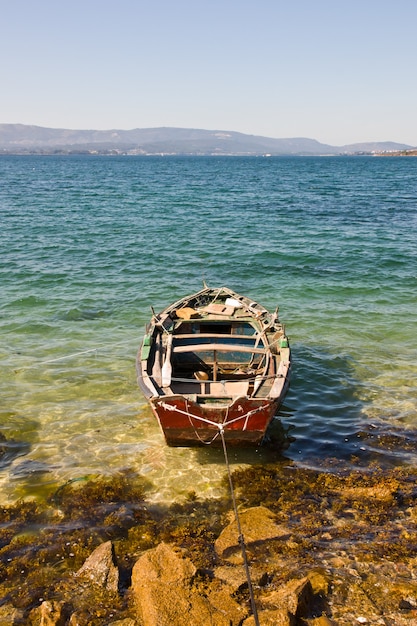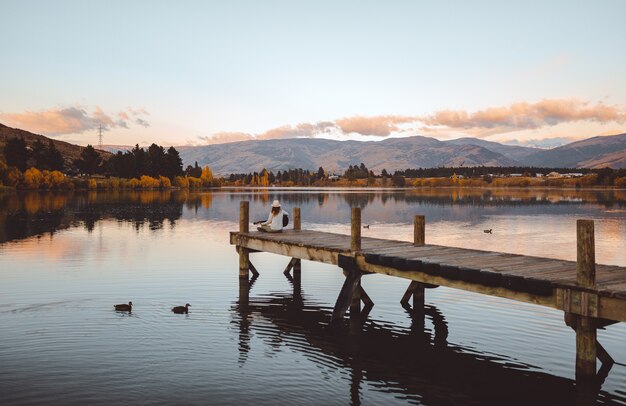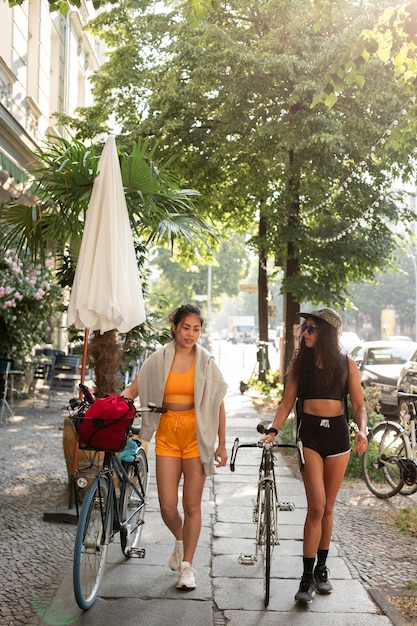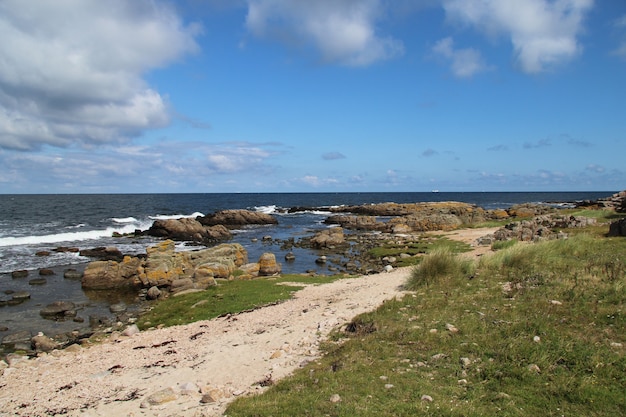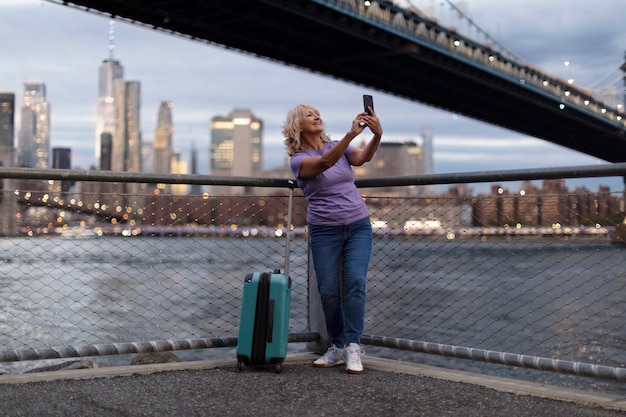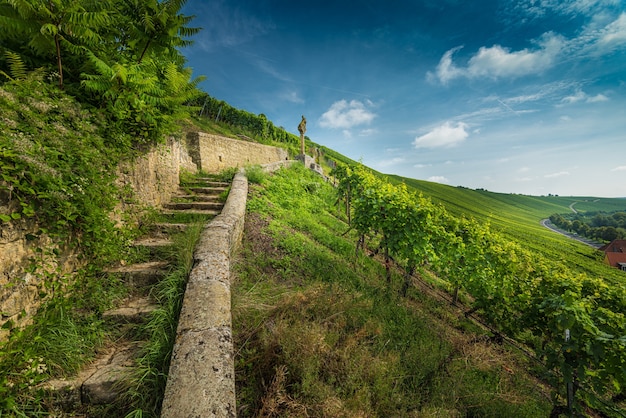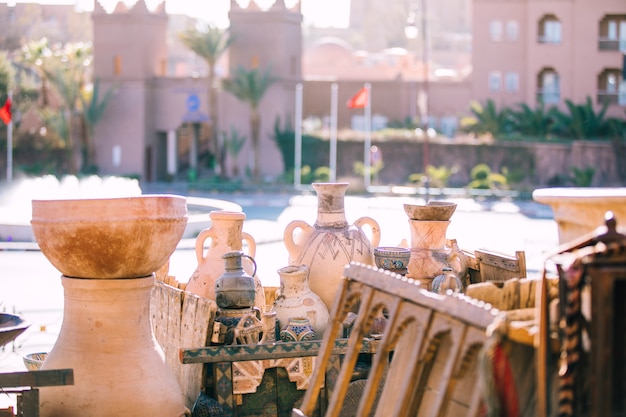
When Mike and Lucie Wood discovered an old property in the Marrakech Medina to add to their collection of boutique riads, they named it Riad Star simply because their daughter liked the name. It was only after neighbors asked if they were naming it after the star who had lived there that they learned the property had once been home to Josephine Baker. Baker was an American-born cabaret artist of the 1920s, 30s, and 40s, celebrated in Paris, honored with the Legion d’Honneur by Charles de Gaulle for her wartime efforts in the French Resistance, and a leader in the civil rights movement.
In honor of Josephine Baker, the renovation of Riad Star embraced an art deco theme, incorporating jazz age glamour and memorabilia from that period.
We spent a weekend at Riad Star in May, taking advantage of the new easyJet direct flight from Bristol, which is well-timed for long weekend breaks. Our taxi from the airport dropped us as close as possible to the riad, where Abdel, the energetic manager, greeted us and led us through the narrow lanes to the riad’s modest door, marked only with a small star.
Miriam, the riad’s excellent cook, had prepared a traditional Moroccan meal for us. We started with side dishes like coleslaw with walnuts and sweet dried fruits, a delicious rice dish with green and red peppers, courgettes, and green beans cooked with oil, lemon, parsley, and cumin. After such a feast, we barely had room for the succulent and fruity lamb tagine cooked with prunes, a dish often served at celebratory meals in Morocco.
The Josephine room, where we stayed, is believed to be where Josephine Baker herself slept. The white walls were adorned with Jazz Age prints from the Revue Negre and a large portrait of Grace Kelly, who befriended Baker and invited her to perform in Monaco. The double bed, covered with a soft gold bedspread, was framed by an arch of traditional carved plasterwork, while silver cutwork metal lamps cast patterns of light on the ceiling.
On the tiled floor was a Zayan Berber marriage shawl serving as a rug, with silver sequins woven into the fabric to represent money. Small tables and stools were scattered with catalogues and records from Josephine Baker’s musical performances.
Our en suite bathroom was a blend of traditional Moroccan polished plasterwork and art deco-inspired polished black marble, with delightful orange blossom shower gel and body lotion from Les Sens de Marrakech. The powerful shower was contained in a bathing area with a high step, which I navigated carefully to avoid slipping on the tiled surfaces. At the internal window, from which voices wafted up from the kitchen below, hung a wire sculpture of Josephine Baker, complete with banana skirt and pouting lips.
Reading the books and biographies about Josephine Baker scattered around Riad Star, I learned more fascinating stories of her time in Marrakech. During the early years of World War II, Josephine began working for the French resistance, secretly passing information about German operations within occupied France, which she hid in her underwear or wrote in invisible ink on her music scores.
In 1941, she received orders to move to North Africa, arriving first in Algiers and then moving on to Casablanca and Marrakech. During this time, she met T’hami el Glaoui, the Pasha of Marrakech, one of the most powerful and wealthy men in Morocco. Josephine had left France suffering from pneumonia and fatigue, but El Glaoui offered her a place to rest and recuperate in his palace, now the Museum of Marrakech next door to Riad Star, and hosted a grand dinner in her honor.
The two became close friends, and in 1942, Josephine became pregnant. Late in her pregnancy, she suffered a miscarriage in a clinic in Casablanca, developed an acute infection, and nearly died. She had an emergency hysterectomy, which meant she could never have children of her own. When she was well enough, Josephine returned to Marrakech, where El Glaoui offered her the use of the guest wing of his palace, now Riad Star, to recuperate. It is said that the Pasha paid children to stand under her window and recite verses from the Koran, as we might say a prayer for someone’s good health and speedy recovery.
The Josephine room, where we stayed, is the only room in the riad that overlooks the street, which is unusual as most look inward to the courtyard. It is believed that this must have been her bedroom. In the street, she was known for her generosity, and an elderly neighbor remembered being given sweets and modeling clay by her when he was a child. After her recovery, Josephine Baker spent the remaining war years touring North Africa, entertaining American, English, and French troops. Later, she adopted a ‘Rainbow tribe’ of thirteen children to make up for the children she could never have.
We loved the fusion of Moroccan craftsmanship at Riad Star with elegant furnishings and metalwork from the souk, and the Art Deco antiques and objects that owners Mike and Lucie Wood have collected on their travels. Each room is decorated in a unique style and named after a part of Josephine Baker’s life: The Paris room after the Casino de Paris that made her a star; the Rainbow room after her Rainbow tribe of adoptive children; and the Chiquita room on the roof terrace after her pet cheetah.
Each morning, we were served a delicious breakfast of fruit salad, pancakes, and scrambled eggs, seated at the green banquette in the alcove to one side of the inner courtyard, which had a small dipping pool to cool off on hot days. While many of the riads of Marrakech have been converted into holiday homes or small boutique hotels, they were originally family homes designed to house extended families, with different generations living in the rooms that overlook the internal courtyard.
The narrow street outside may look a little scruffy, but the unassuming door opens to reveal an elegant private world, designed to shield the women from prying eyes and keep the house cool in the summer heat. Owner Mike Wood told me how most of the skilled craftsmen he employed to recreate the traditional Beijmat terracotta tiled floors, Tadelakt polished plasterwork, and hand-carved plasterwork friezes and arches could be found within 10 minutes of the riad. From the souk came embroidered cushions, small silver poufs and stools, silver cut metalwork lanterns, and Berber sequin marriage rugs, as well as art deco statues and ornaments in keeping with the Jazz Age theme.
The Riad Star roof terrace has been converted into a delightful area for relaxation, with a wrought iron balustrade around the central opening, which has a clever retractable roof to keep the courtyard below dry and warm in cooler months. The terrace is cleverly designed with different seating and sunbathing areas separated by arrangements of shrubs and herbs in pots. In the evening, fairy lights twinkle in the bougainvillea, with a fireplace for cooler evenings. There’s also a private hammam that leads off the terrace, where private treatments can be arranged, ideal for couples who want to try the hammam experience together, as the public hammams are strictly segregated.
In keeping with the Josephine Baker theme, there’s a rail of sparkling, sequined dresses and other costumes provided for guests to dress up, with a jewelry box of 1920s style hair ornaments and necklaces to try. While we were there, the riad had a special display of costumes for the Marrakech Biennale cultural festival, including a red evening gown worn by Josephine Baker during one of her final performances in Paris before she died in 1975. The Woods managed to purchase the dress, along with a sequined costume worn by the celebrated French singer Mistinguett, letters, a movie script, and other Josephine Baker memorabilia at a recent auction at the Casino de Paris.
We very much enjoyed our stay at Riad Star, being looked after by the wonderful staff, relaxing in the beautifully restored surroundings, and reliving a little Jazz Age glamour. I’m sure Josephine Baker would have approved.
Rooms at the riad start at £140 per night, including bed and breakfast. The riad is one of four in the Marrakech-Riad family, all well-located close to the major sights of the Medina, with English-speaking Moroccan staff who offer advice, airport transfers, restaurant bookings, and lend you a local mobile phone so they can rescue you if you get lost in the souk. Each riad has between four and seven bedrooms, making them ideal to book as a group if you are planning a gathering of family or friends, or for couples planning a romantic getaway.
We also found the free Marrakech-Riad app indispensable for finding our way around the Medina. It is full of useful tips and information about sightseeing, restaurants, and shopping. The app features a GPS-responsive map of the old town Medina, which saves you from getting lost in the maze of narrow lanes, and the latest version has been extended to cover the new town area of Marrakech.
